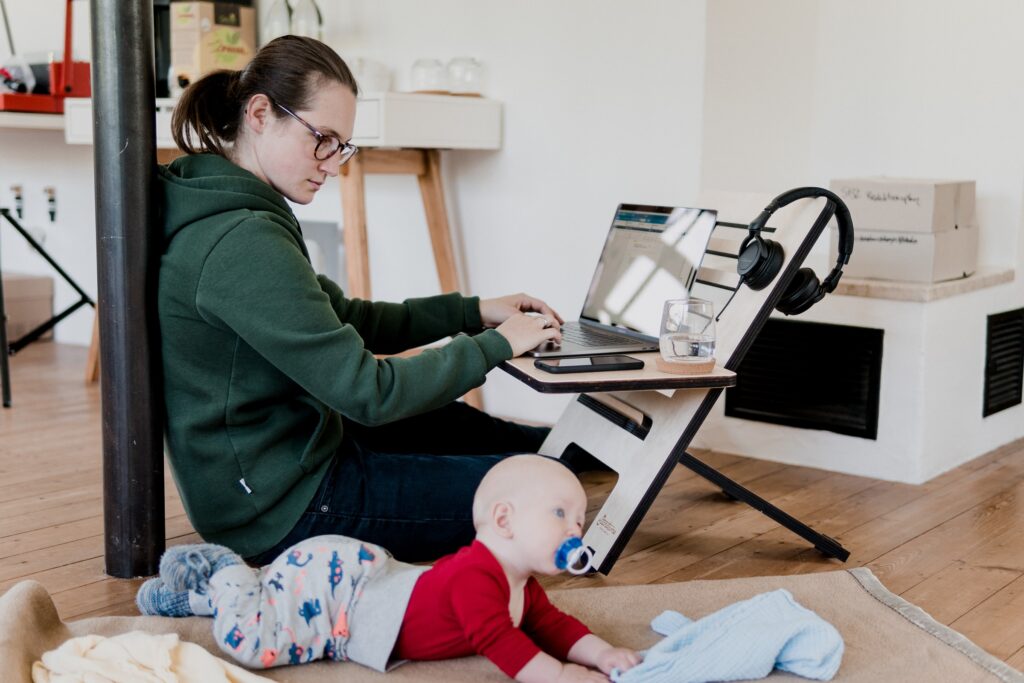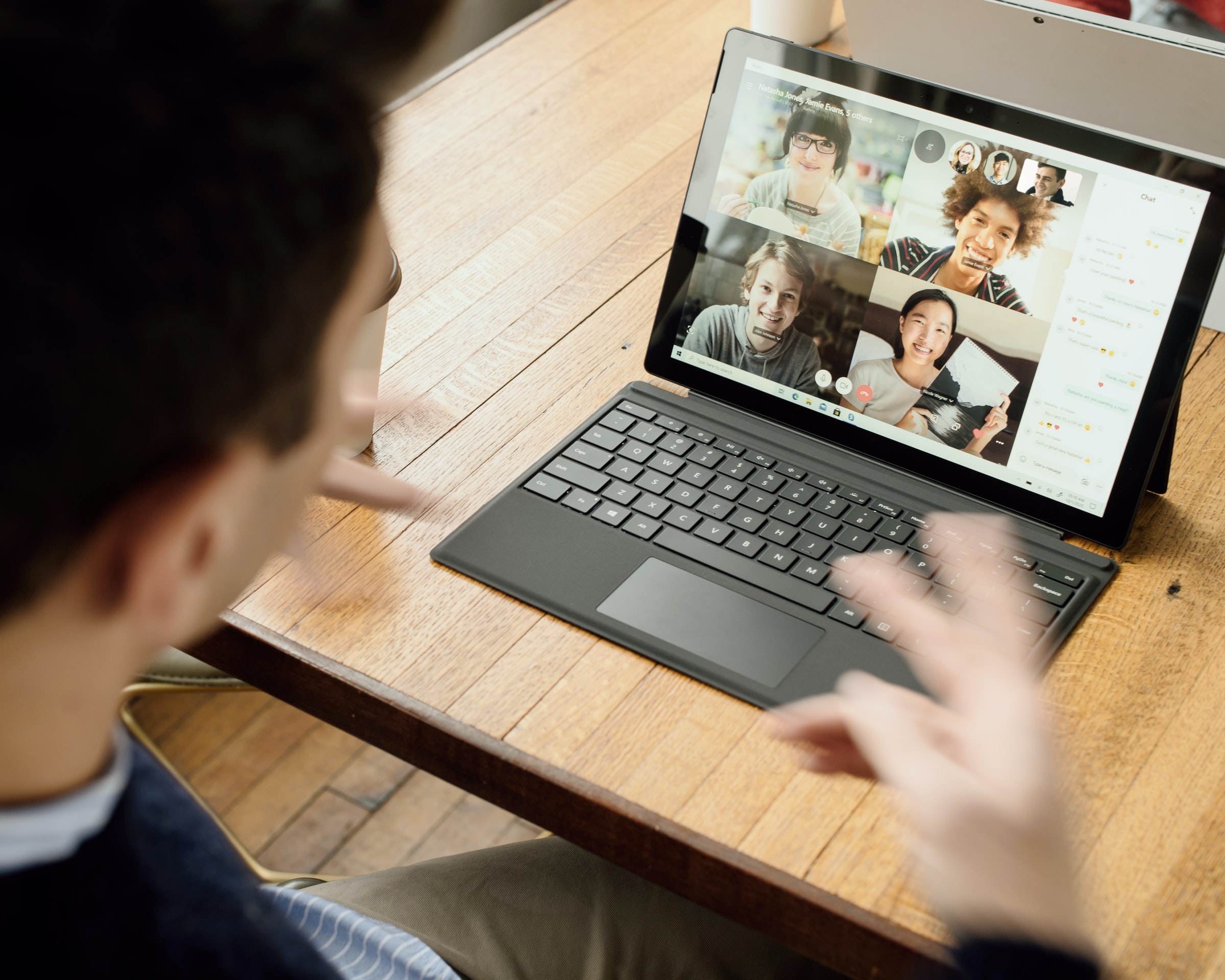The remote work landscape during COVID-19
The global pandemic has necessitated unprecedented changes to the 9-5 office regimen, such that the vast majority of employees work from home instead of coming into their place of work. According to StatCan, 32% of Canadian workers aged 15-69 worked remotely for the majority of 2021 compared to 4% in 2016; 3.1 million Canadians were working from home temporarily as of February 2021. More than half of the US workforce is in a role that is at least partially transferable to a remote position. Further, 2016 data from Gallup indicates that 43% of the workforce was already working from home at least some of the time pre-pandemic. At this time, 80% of employees expressed a desire to work from home at least some of the time, with over 30% willing to take a pay cut to be allowed this flexibility. With these figures in mind, it is apparent that COVID-19 has exacerbated an existing trend in the workplace that leaned toward remote or hybrid work. Employee expectations and working styles have shifted accordingly.
Productivity and savings from remote work
According to Global Workplace Analytics, managers have a tendency to distrust that their employees are able to be productive without direct supervision. Some have a tendency to measure performance by counting attendance rather than by results. It’s harder to micromanage employees in a remote environment, but this does not negatively impact productivity. Global Workplace Analytics President Kate Lister writes, “When clients ask ‘How will I know if they’re working [when working from home]?’ I ask ‘How do you know they are working now?’”. Generally, remote work has further pushed a shift in management style to be more focused on output rather than monitoring employees’ day to day activity.
StatCan found that 90% of teleworkers surveyed reported being at least as productive from home than their usual workplace. 58% reported accomplishing the same amount of outputs per hour; 32% even reported that they were completing more work. The 10% who reported being less productive cited childcare, lack of interaction with coworkers, poor Internet, and trouble accessing work-related materials as the primary hindrances to their productivity.
According to Global Workplace Analytics, the average employer can save up to $11,000 annually per employee that works remotely for half of the time. Furthermore, employees can save between $2,500 and $4,000 annually from foregoing or decreasing their commutes. Overall, US employers are saving a total of over $30 billion daily during the pandemic on operational and maintenance costs for office spaces.

Onboarding from home
With the increased prevalence of remote work comes an increase in remote onboarding. Accordingly, the integration of virtual tools is absolutely crucial for businesses to meet their needs and stay competitive. Videoconferencing, online personality tests, AI assessment and chatbot tools, and other applications give hiring managers the ability to gauge candidates’ viability without ever meeting them in person. Even prior to the pandemic, many processes in the job search and hiring were digitized. In 2018, 20% of hires worldwide were through online jobs boards, with these boards accounting for nearly half of all applications.
Beyond the pandemic: the new normal?
A global survey by Slack of over 9,000 knowledge workers revealed that of those surveyed, 72% would prefer a hybrid work schedule, a combination of working remotely and coming into a workplace. Only 12% were interested in going back to in-person work full time, while the rest wish to work exclusively from home.
Working from home comes with many perks, such as the lack of commute, saving money on food and travel, improved work-life balance, more family time, and decreased stress. At the same time, in-person work provides opportunities for team building and collaboration that remote work does not. Understandably, the majority of the workforce wants to reap the benefits of both remote and in-person work. Overall, employees’ expectations regarding their working location exceedingly indicate a preference for hybrid work. See below for the breakdown of Slack’s global study.
“Virtual-first”: 4 characteristics of a new model of work
Indranil Roy, Executive Director of Human Capital practice at Deloitte identified a model of “virtual-first” operation for companies seeking to optimize the benefits of both in-person and remote work. He identified 4 core features of this approach to hybrid work, which are as follows:
- Employees get the choice to either work in-person or remotely. Their decision depends on their and their teams’ needs and the nature of their work. This flexibility is possible because the virtual first workplace consists of home, office, and satellite offices.
- Teams are ready to transition to virtual work in the long term after having to adapt to the restrictions of the pandemic. Over the past year, managers have become adept at managing, coaching, motivating, evaluating, and collaborating with their team remotely.
- Technology allows for multiple modes of working. After working from home, employees are able to seamlessly integrate virtual platforms and collaborate remotely. Additionally, cloud technology allows for the secure storing of data and the tailoring of security levels to adapt to different working modes.
- Interpersonal connections are formed thoughtfully and with intent to build a company culture that prioritizes belonging and trust. In order to foster this culture, workplaces should balance the benefits of working from home with the team-building element of in-person collaboration.
Final takeaways
While COVID-19 has completely upended day-to-day life, in some aspects it has augmented existing trends. Even prior to the pandemic, many employees from around the world and across industries have been interested in remote work. Working remotely saves time and money for both employees and businesses. However, it lacks certain elements such as team building and collaboration, eliminating the social aspect of work and making it more difficult to establish a company culture. Accordingly, there is an increased interest in a hybrid model of working. With the right tools and technologies, employers will be able to shift their practices to better reflect employees’ expectations, leaving all parties better off. After living in unprecedented circumstances for over a year, a return to normalcy includes reimagining what working life can look like.



